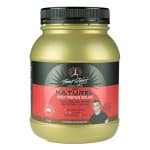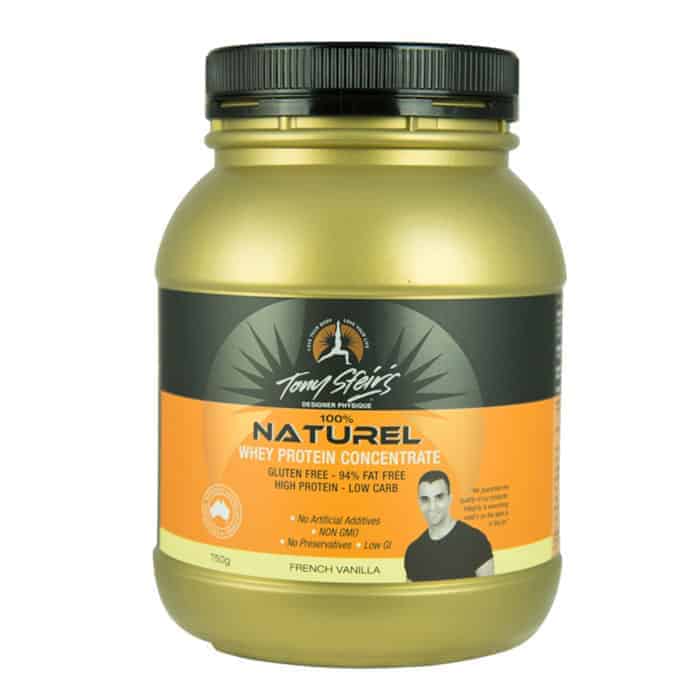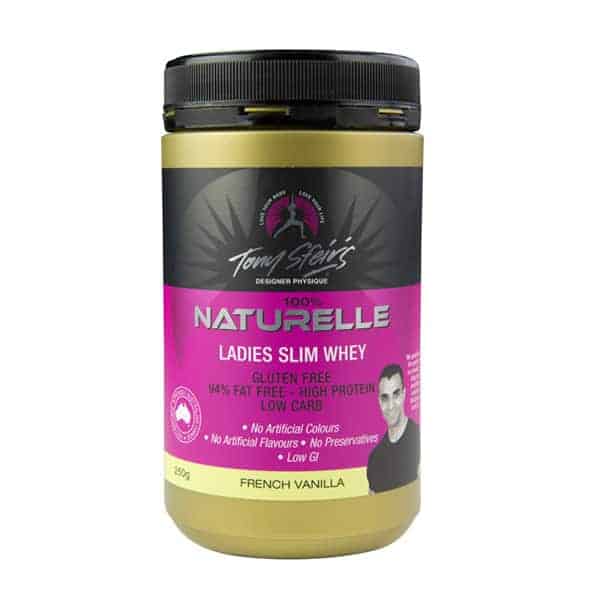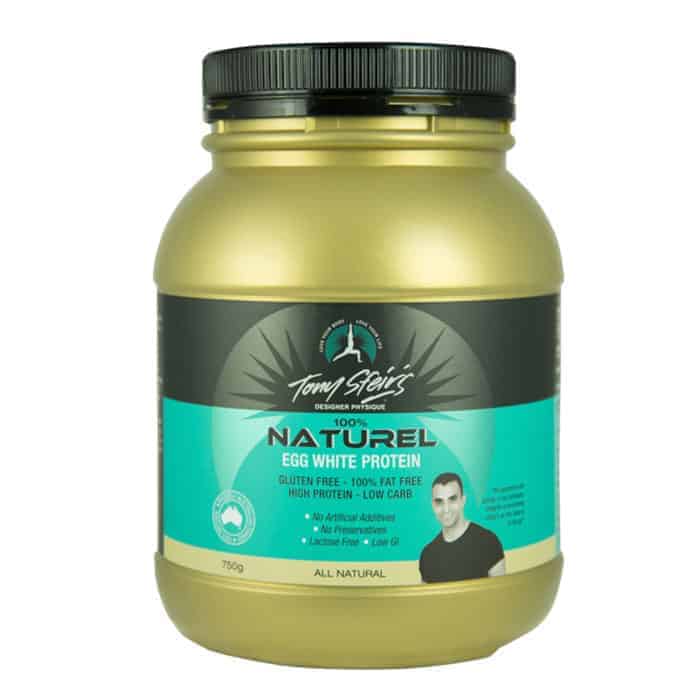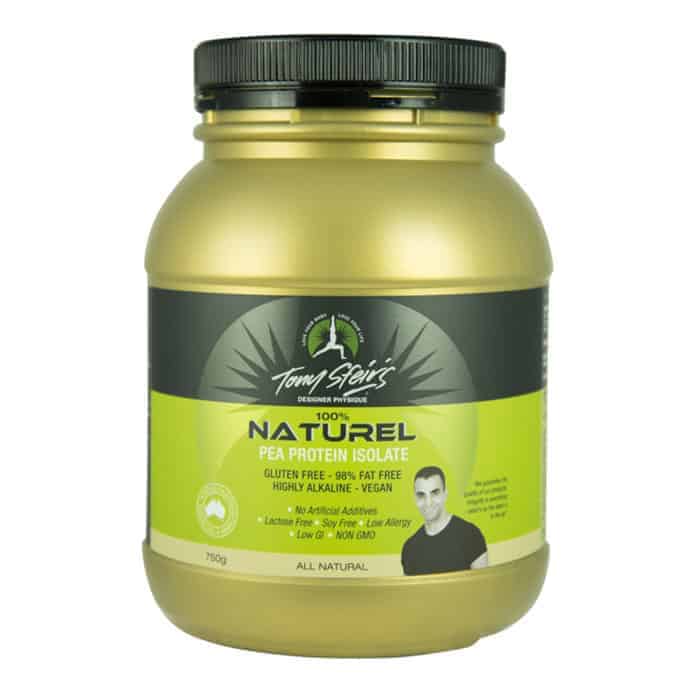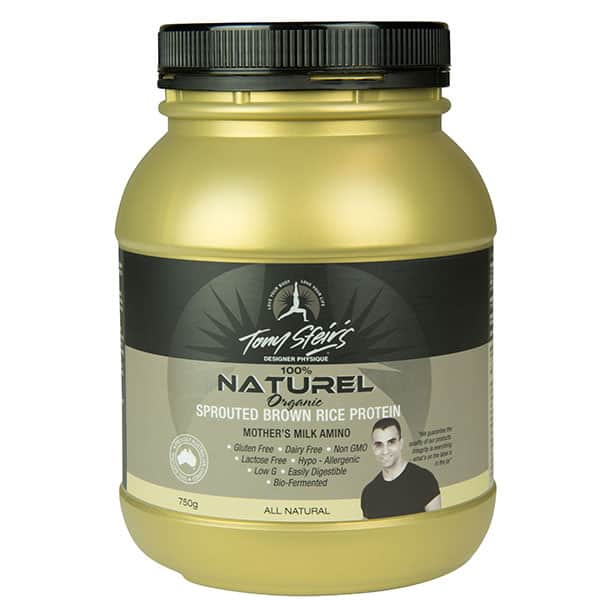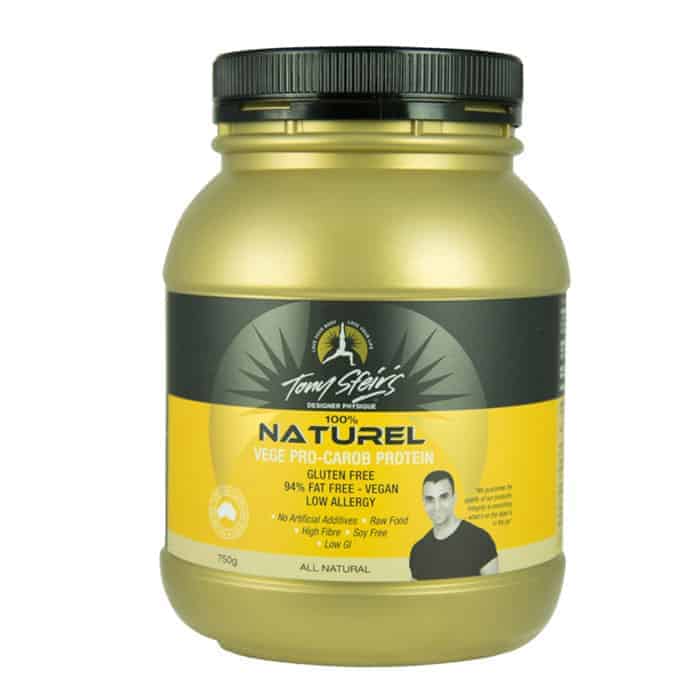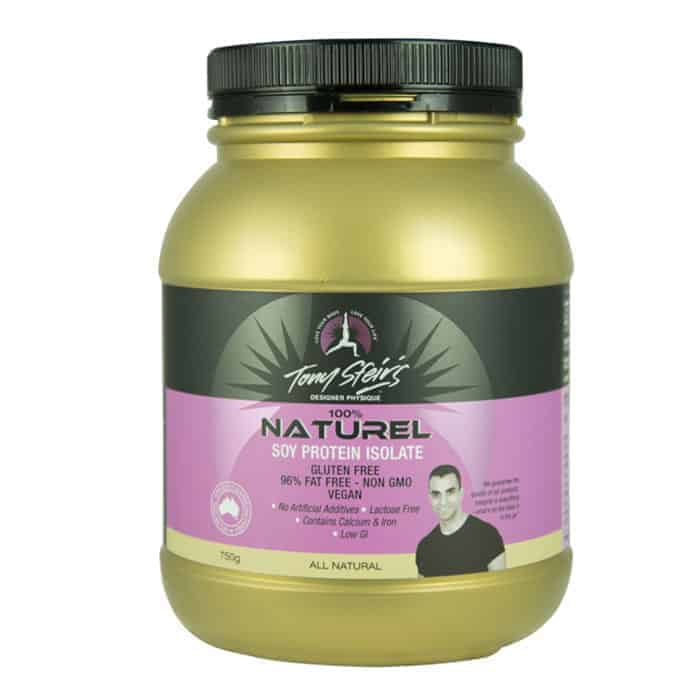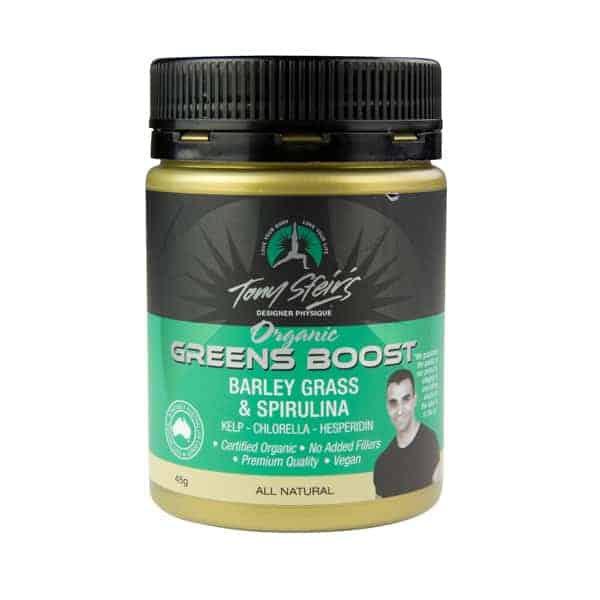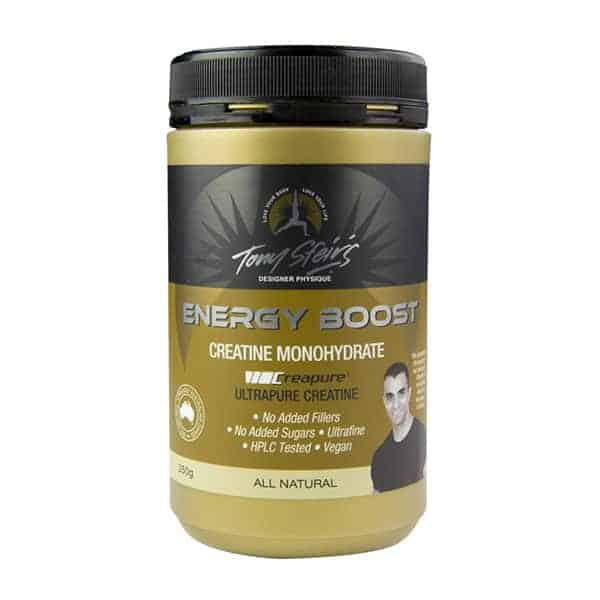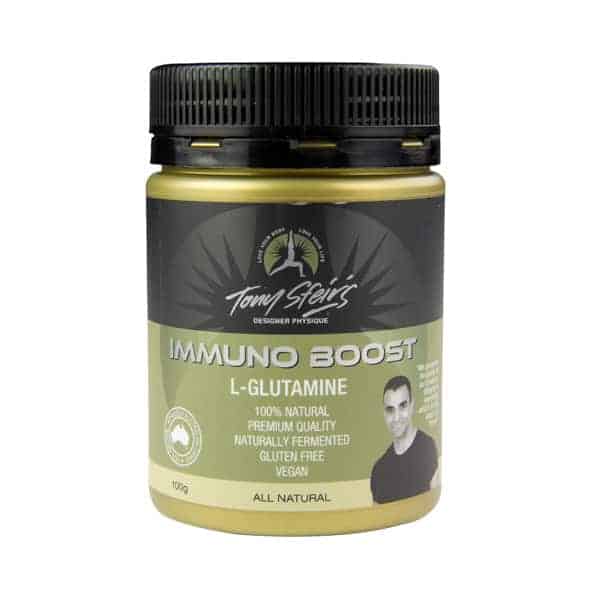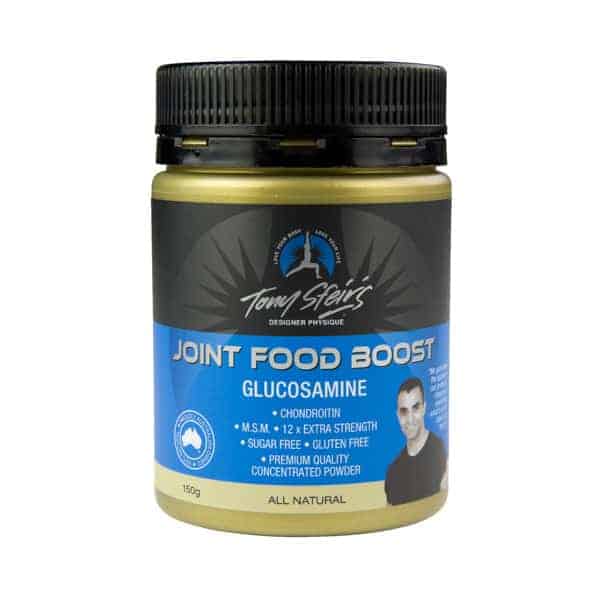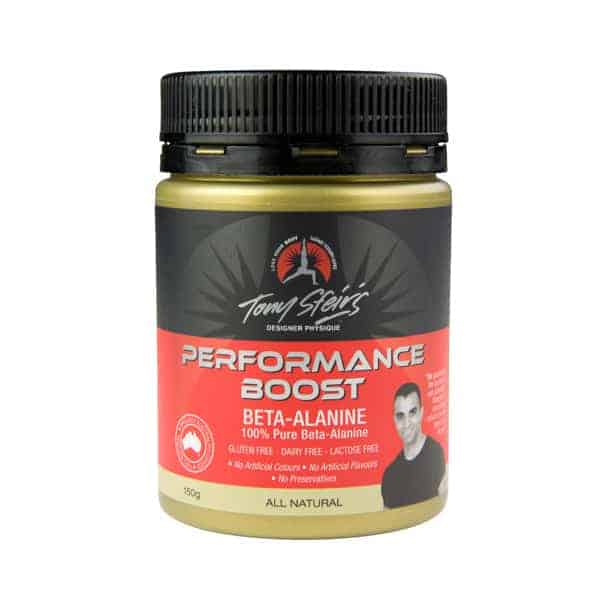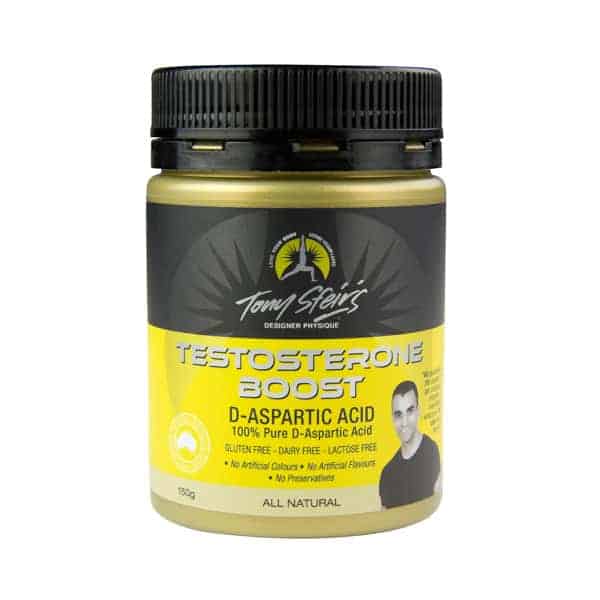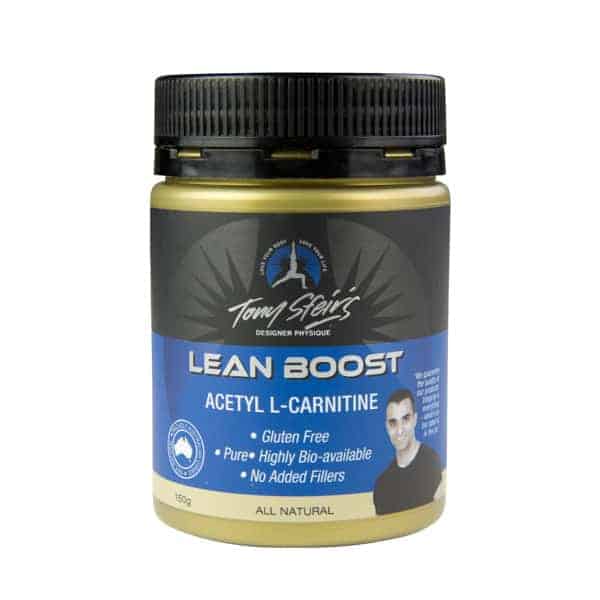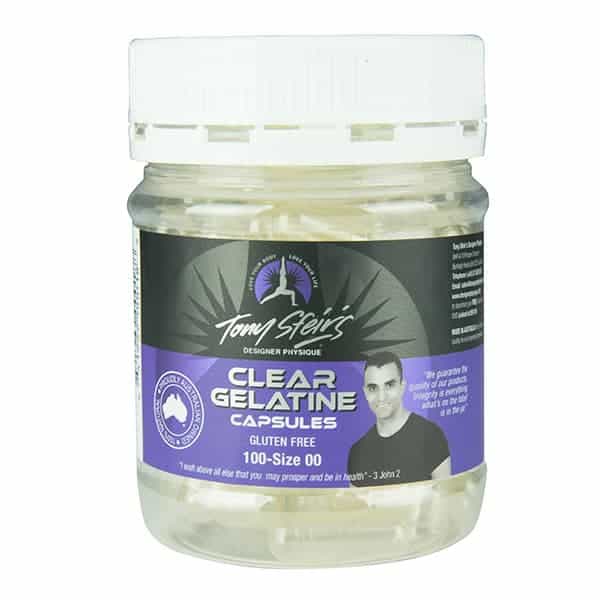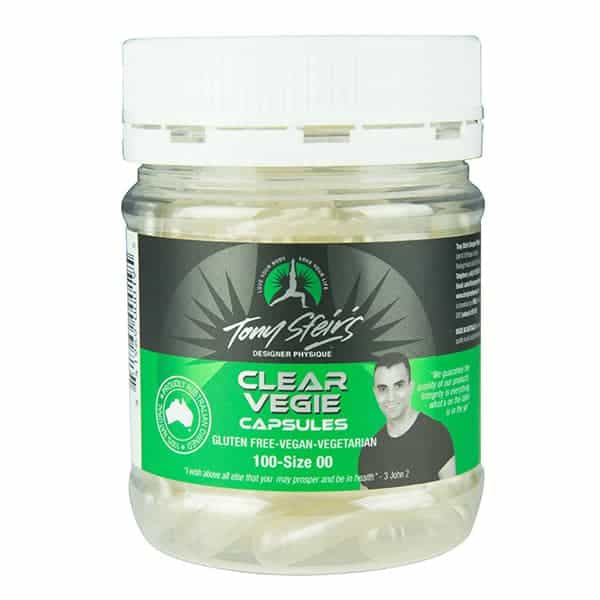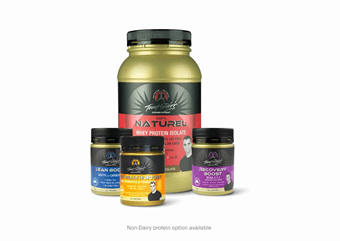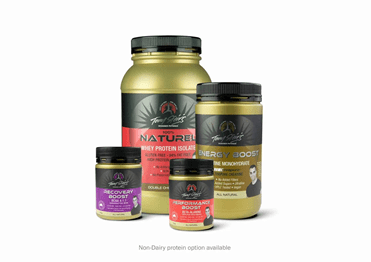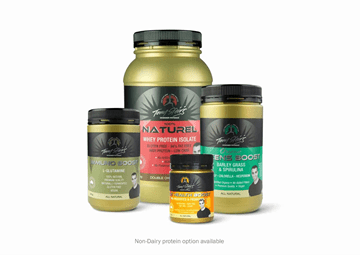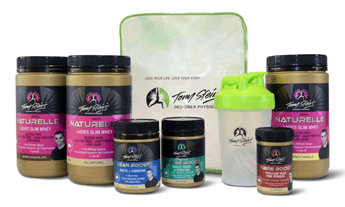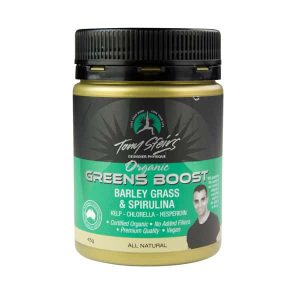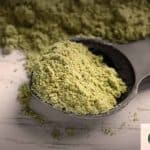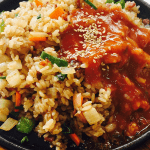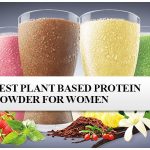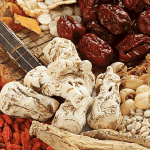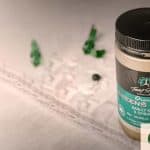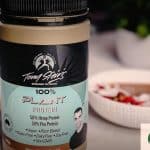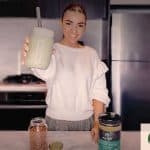One of the most common questions that are often asked is, how safe is protein powder use in pregnancy, breastfeeding, or in children?
This is a great and often confusing question for many because although many protein powders are in fact quite safe and beneficial, supplement labels say otherwise.
Not to worry though, because, in this article, we’ll uncover the issues as to why there are warning labels on supplemental products, and what to avoid and consider when buying protein powder for pregnancy, breastfeeding and children.
Requirements for Protein Powder use in Pregnancy, Breastfeeding and Children
Before we dive into what kind of protein powder is regarded as safe for pregnancy, breastfeeding and children, we must first understand the protein requirements for each.
Protein is absolutely essential, and not only to repair and build muscle but to replenish neurotransmitters, synthesise hormones and control a range of metabolic pathways we need working optimally when growing and caring for a child.
In pregnancy, the Recommended Daily Allowance (RDA) for pregnant women sits at around 1.1g/kg, although there is evidence to suggest intake should be around 1.66 g/kg during early gestation and 1.77 g/kg in late gestation (Stephens et al., 2014).
Interestingly, pregnant women who supplemented with protein powder during these periods resulted in less risk to the baby (Imdad & Bhutta, 2012), potentially underscoring the benefits of consuming a high-quality protein supplement, such as Designer Physique’s range of 100% natural protein powders.
In breastfeeding, the RDA sits a little higher around 1.3 g/kg, which is based on adult protein RDA plus the amount required healthy breast milk production (Trumbo et al., 2002).
When looking at children (6 – 13 years), it’s suggested that the RDA should sit around 1.5 g/kg, and it could be higher in more active, athletic kids, although the exact number isn’t clear in the literature (Rodriguez, 2005).
Designer Physique actually recommends Carob Protein Powder as a suitable option for younger kids as it is 100% raw with absolutely nothing added, learn more about carob protein here.
The Warning Label on Supplementary Protein Powders
You may be questioning the safety and efficacy of protein powder use in pregnancy, and why the warning statement “Not suitable for children under 15 years of age or pregnant and lactating women” plastered on all protein powder supplements?
To put it simply, most if not all protein and sports supplements fall under the Australian New Zealand Food Standard Code – Standard 2.9.4 – Formulated Supplementary Sport Foods.
One of the labelling requirements for Formulated Supplementary Sports Foods is the mandatory warning label for children, pregnant and lactating women.
This warning label is there so people can make informed choices when it comes to sports foods, because sports formulations may contain some potentially dangerous, unnatural chemical additives that could be harmful to mother and child.
But don’t worry though, when it comes to protein powder use in pregnancy, and beyond, Designer Physique has got you covered. All our products containing 100% natural ingredients with zero artificial flavours, additives and unnecessary ingredients.
What to Consider When Buying Protein Powder in Motherhood
When we look at purchasing products regarding protein powder use in pregnancy, breastfeeding or for young children, the main areas you want to consider is the sweetener, amount of ingredients and the allergenic profile.
In considering the sweetener
You always want to make sure you’re buying a protein powder that uses a natural sweetener such as stevia, xylitol or Thaumatin. These forms of natural sweeteners have shown to have no adverse effects on fertility or pregnancy outcomes according to animal studies (Vecchia, 2013).
This is why all Designer Physique products, including our whey protein concentrate, whey protein isolate and pea protein powders offer both naturally sweetened and unflavoured options.
In considering the number of ingredients
You’ll want to avoid protein powders that list a dizzying array of compounds. All you’re really looking for here is a good quality protein source, a natural sweeter (or unflavoured), and that’s about it!
There are many protein powders on the market that contain slimming, fat-burning ingredients, and while some of these might be safe, we really don’t know, and can’t ethically test the long-term effects of these compounds long-term, so it’s best to avoid them.
In considering the allergenic profile
This simply comes down to your own personal allergies or your child. If you have a dairy allergy, you’re probably better off buying our naturally flavoured pea protein isolate, if not, our whey protein concentrate would be a suitable choice.
Other great hypoallergenic options include sprouted brown rice protein or Vege Pro Carob Protein, a raw food protein derived from 100% natural carob seeds.
When you cover these three areas, you will generally land on a protein powder that is safe, if not, beneficial for pregnancy, breastfeeding and in children.
The Takeaway
The safety profile of protein powder use in pregnancy, breastfeeding and in children is definitely a common and almost controversial topic, given the labelling laws in Australia.
In reality, though, protein intake is essential, and becomes even more paramount during the stages of pregnancy, breastfeeding and for the growth of a young child.
When we select protein powders that use natural sweeteners, minimal ingredients and are hypoallergenic, we can safely reap the benefits of additional protein intake during these times.
Of course though, if you ever have any concerns when shopping for the best and safe protein powder for you during pregnancy, breastfeeding and children, it’s always best to consult with your local health care practitioner first.
References
- Imdad, A., & Bhutta, Z. A. (2012). Maternal nutrition and birth outcomes: Effect of balanced protein-energy supplementation. Paediatric and Perinatal Epidemiology, 26, 178-190. https://doi.org/10.1111/j.1365-3016.2012.01308.x
- Rodriguez, N. R. (2005). Optimal quantity and composition of protein for growing children. Journal of the American College of Nutrition, 24(2), 150S-154S. https://doi.org/10.1080/07315724.2005.10719457
- Stephens, T. V., Payne, M., Ball, R. O., Pencharz, P. B., & Elango, R. (2014). Protein requirements of healthy pregnant women during early and late gestation are higher than current recommendations. The Journal of Nutrition, 145(1), 73-78. https://doi.org/10.3945/jn.114.198622
- Trumbo, P., Schlicker, S., Yates, A. A., & Poos, M. (2002). Dietary reference intakes for energy, carbohydrate, fiber, fat, fatty acids, cholesterol, protein and amino acids. Journal of the American Dietetic Association, 102(11), 1621-1630. https://doi.org/10.1016/s0002-8223(02)90346-9
- Vecchia, C. L. (2013). Low-calorie sweeteners and the risk of preterm delivery: Results from two studies and a meta-analysis: Table 1. Journal of Family Planning and Reproductive Health Care, 39(1), 12-13. https://doi.org/10.1136/jfprhc-2012-100545

